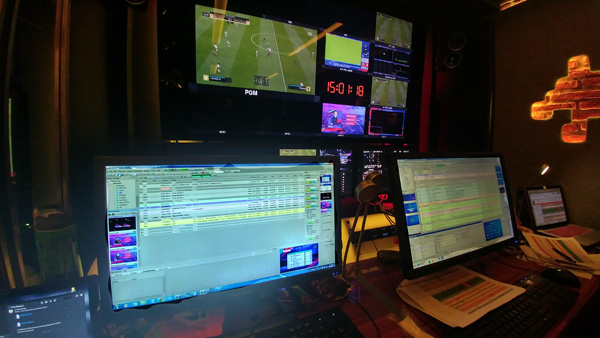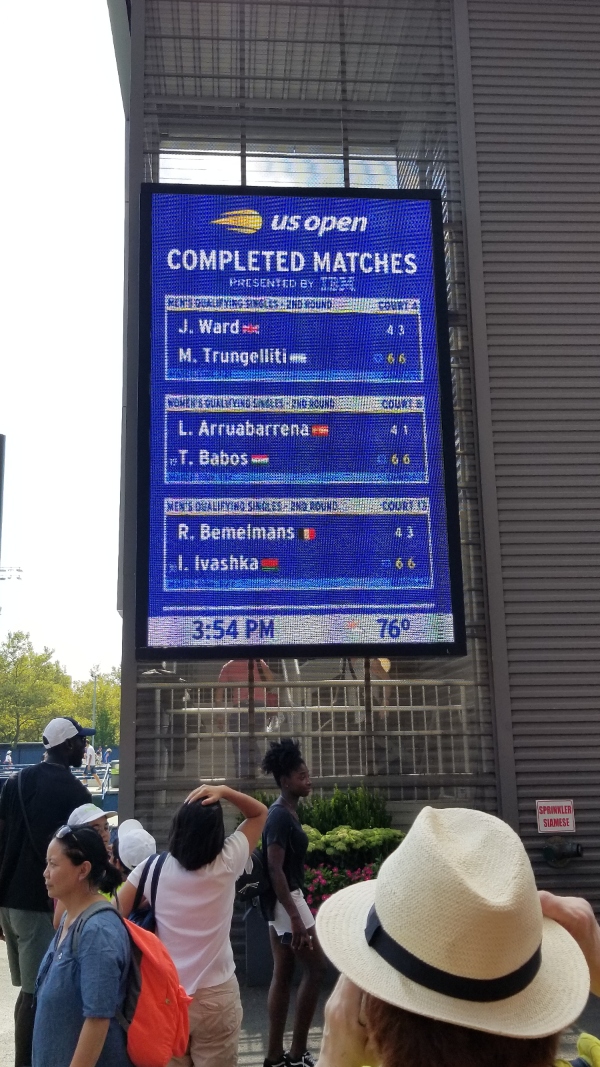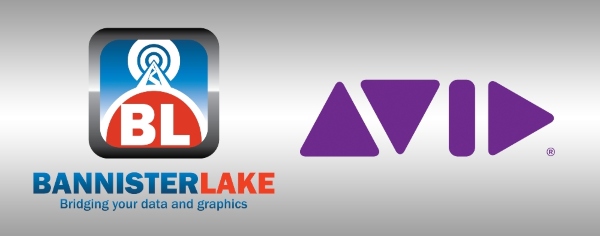
Published in Digital Media World July 2019
eSports events are becoming more sophisticated in terms of both the in-venue experience and the broadcast or streaming presentation. Tournament organisers are raising their game in production value and editorial enhancements, using high quality production talent and equipment.
According to Vern Freedlander, Strategic Partnerships at Bannister Lake, these developments are a response to the growing popularity of eSports around the world. Bannister Lake, Canadian software developers for the broadcast and digital signage industries, has gained a lot of experience in recent years serving the real-time data and visualisation needs of eSports productions.
Vern said, “Spectacular venues such as Red Bull’s Hanger 7 in Salzburg, Germany’s Nurburgring motorsports track, and Shanghai’s Mercedes Benz arena are hosting eSports tournaments. Events not only sell out major arenas, but millions of fans also watch on Twitch and YouTube to see competitors battle it out for serious cash prize pools.
“On the surface, eSports production resembles other sports broadcasts – mobile trucks, multiple cameras on jibs, slick video clips, impressive sets and lighting. However, what distinguishes eSports is the innovative use of graphics and the real-time data that populates the graphics. Esports tournaments are data-intensive, and new techniques to organise and display data are needed not only to make the events more visually compelling, but also to communicate fast-moving, complex information to fans.”
The Fan Experience
 Conveying and enhancing the excitement of eSports at the arena and for fans watching on their devices requires graphics that add important information about the players and teams and takes advantage of the real-time aspect of these fast-paced games. “Unlike conventional sports coverage that follows the action of a single game with two teams competing, an eSports event will involve several games played over a two- or three-day period, while multiple teams compete simultaneously,” said Vern.
Conveying and enhancing the excitement of eSports at the arena and for fans watching on their devices requires graphics that add important information about the players and teams and takes advantage of the real-time aspect of these fast-paced games. “Unlike conventional sports coverage that follows the action of a single game with two teams competing, an eSports event will involve several games played over a two- or three-day period, while multiple teams compete simultaneously,” said Vern.
Bannister Lake’s Chameleon data aggregation and management system ingests multiple real-time data feeds and allows producers to organise, edit and moderate data content, and then populate graphics with customised data for display.
More than XML or RSS feeds, producers can simultaneously use Chameleon to manage and display diverse sets of editorial content that enhance the fan experience. Virtually any data source can be incorporated into the production. For example, topical event news generated by the tournament’s editorial teams, such as player profiles, standings, game schedules, and outstanding achievements, can be ingested through Google Sheets. This content may populate an L-Bar surrounding the game as a way to complement the action.
Moderated social media content can be included to create an interactive fan experience. Third-party feeds such as eSports industry news, weather, and events calendars can also be included.

Revenue Opportunities
Chameleon can also manage advertising and sponsorship-related content, forming an important revenue opportunity for event producers. Sponsor logos can be triggered at appropriate times or branded content may appear within the L-Bar, for example. Vern noted, “The addition of game-related data pulled directly from the game’s API creates an entirely new level of excitement. Fans can view specific game-related data content aggregated, visualised and displayed alongside the actual game.
“For die-hard fans looking for key stats, the visualisation of API data adds a strong sense of engagement. Furthermore, game data can be coordinated to trigger other content when thresholds are met or when specific events occur. For example, if a team or player reaches a specific milestone, a special promotional ad may run automatically.”
eSports and Databases
Bannister Lake’s approach to data management is unusual in the production industry and opens up various possibilities for production and editorial. The method revolves around the use of attaching key value pairs around a standard relational database. “A typical sports database is made up of a series of standardised fields that corresponds to that particular sport and very rarely changes. eSports on the other hand are dramatically different with datasets that vary from game to game and may or may not be used in production,” said Vern.

“Bannister Lake allows users to add new tables as a companion to the core data. The underlying technique is to take these incoming diverse datasets and organise them in databases that support exceptionally fast recall. This creates a production system that is more flexible and allows producers to act as editors and add or delete datasets on the fly – depending on the game, the audience and the production’s editorial needs.”
Controlling and Expanding Data
The system’s API and Query functionality allows producers to take this further and distribute data content to specific end points. For example, fans who are following a team from Brazil could receive data only relevant to that team and receive customised ads and sponsorships that centre on that market.
Beyond in-venue signage and the broadcast streams, custom data can be distributed to web pages or mobile devices, enhancing the eSports experience while opening up new market opportunities. It can also drive entirely new ways of conveying eSports data such as augmented reality and virtual reality. Having more control over data, its management, and where it is ultimately distributed will most likely result in completely new ways of reaching eSports audiences.
Vern said, “As the broadcast and AV communities continue to experiment with big data, the challenge remains in how to strategically harness data and present it in ways that enhance storytelling and drive new revenue opportunities.
“The need for web-based systems that can be implemented quickly in complex data-rich production environments, such as eSports, is critical. It is only by taking full control of fast-moving data and marrying it with great graphic design that producers, sponsors and above all, fans will fully realise the excitement and business potential of eSports. www.bannisterlake.com
Published in Digital Media World July 2019


















